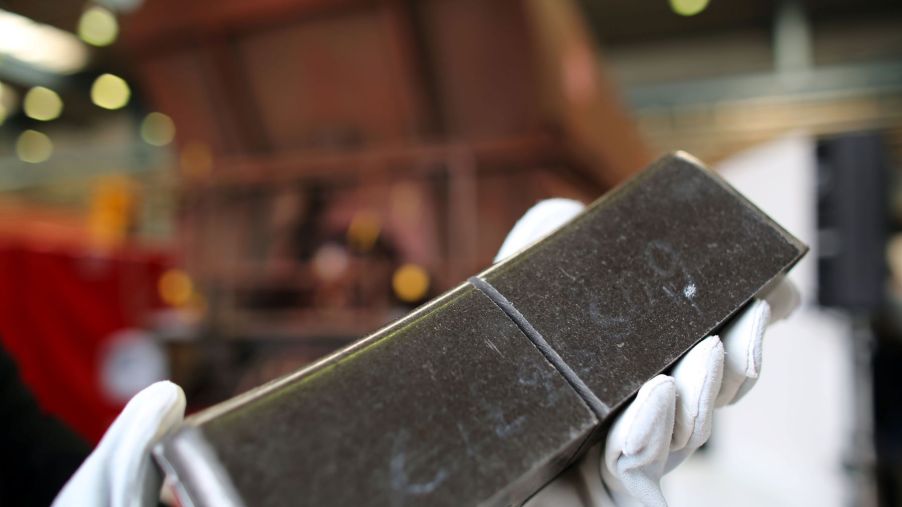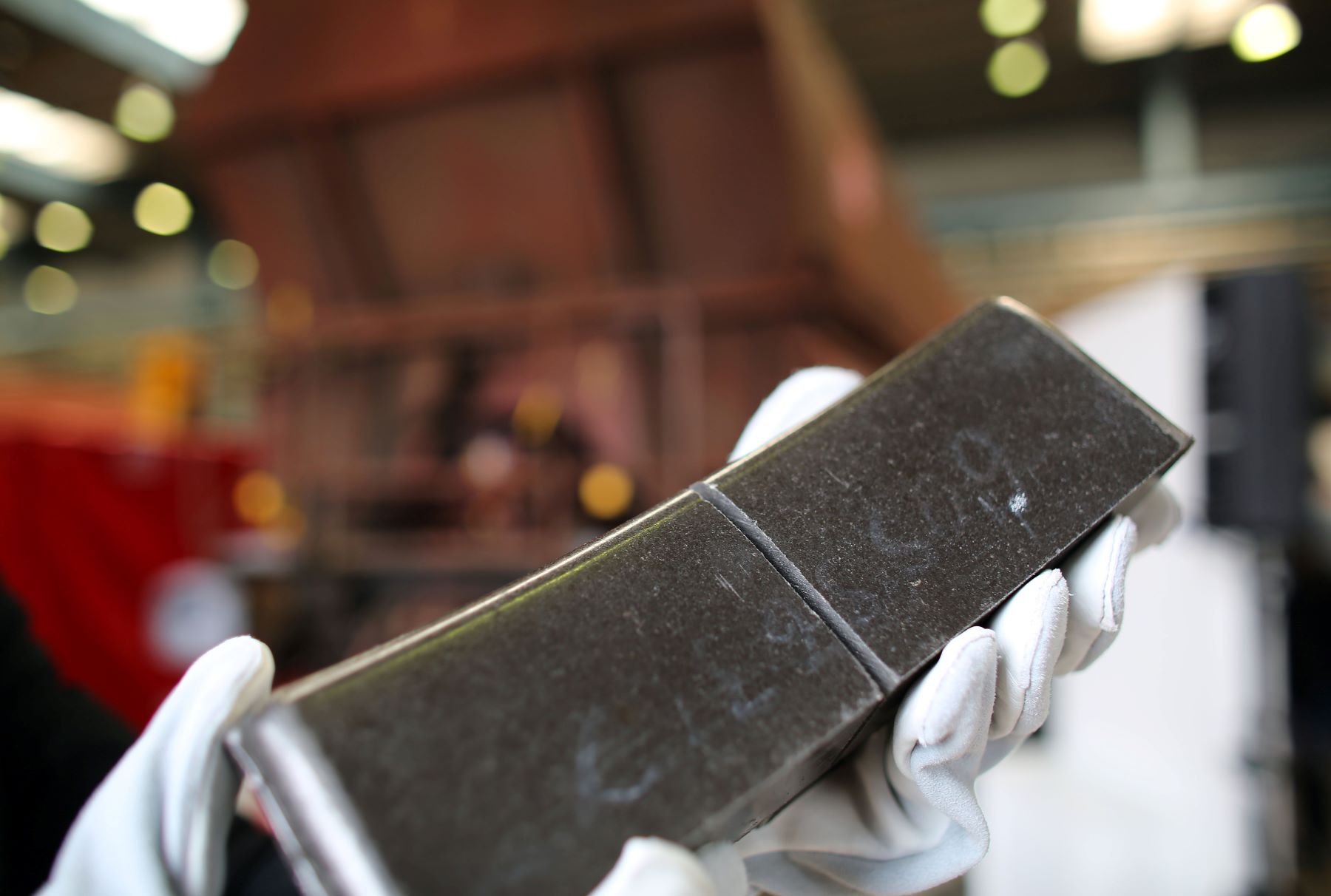
Why It’s Important to Replace Rotors and Brake Pads at the Same Time
Savvy vehicle owners understand the importance of regular maintenance. Things such as monitoring oil and coolant levels, checking tire pressure, and replacing sparks plugs can go a long way toward keeping your car or truck in optimal running condition. However, that’s not all you need to do. If and when your brakes require service, it’s best to replace the rotors and brake pads at the same time. Here’s why:
A brief history of car brakes

Believe it or not, the first vehicle braking systems were made of wood. These sorts of brakes worked fine back when horse-drawn and steam-powered vehicles boasted steel-rimmed wheels and traveled no faster than 20 mph. In the last decade of the 19th century, the innovative Michelin brothers popularized rubber tires that were incompatible with woodblock brakes, explains Did You Know Cars.
Credit for the idea of attaching a cable-wrapped, momentum-stopping drum to a vehicle chassis goes to Gottlieb Daimler. The first mechanical drum brakes widely used were developed by French automotive pioneer Louis Renault. In 1903, the first Mercedes with drum brakes rolled off the production line. These precursors to modern braking systems were hand-operated.
Disc brakes with their calipers, rotors, and pads were invented long before becoming popular with the general driving public. Acceptance was delayed due to the awful metal-against-metal screeching sound they made. The noise problem was abated with the addition of asbestos-lined brake pads, which were the standard until the 1970s. Today, braking systems come in several styles, including anti-lock, power-assisted, and self-adjusting brakes.
Rotors and pads: What they are and how long they last
In a nutshell, rotors are the part of a disc brake attached to the wheel hub assembly. When you press your brake pedal to slow your vehicle or bring it to a stop, these rotors receive pressure from the brake pad. Even under normal use, rotors are subjected to high temperatures and intense pressure and should be inspected regularly.
Consisting of a flat section of steel with a thick slab of friction material on one side, brake pads are operated in pairs that press against the sides of the rotor. Since the outlawing of asbestos, friction materials consist of ceramic, metal, organic material, or a combination thereof, explains Goodyear Brakes. Every time they are deployed, pads lose a bit of friction material. When enough material is worn away, brake pads must be replaced.
Brake pads and brake shoes perform the same function. Nearly identical, the main differences are their shape and location. Brake pads are flat and press on either side of a steel rotor disc, whereas brake shoes are curved and press against the inside of the brake drum, explains Champion Auto Parts.
Generally, brake rotors and brake pads last between 20,000 and 75,000 miles. Unless there is trouble within the brake system, pads and rotors wear out equally on both sides of a single axle. Old-school braking systems relied on the front brakes to do most of the stopping, causing the rear brakes to take longer to wear out. Today, rear brakes may be the first to require service or replacement, explains iSeeCars, which goes on to explain that regenerative braking systems in newer EV and hybrid vehicles tend to provide a longer lifespan to brake pads and rotors.
Why brake pads and rotors should be simultaneously replaced
Brake pads that have lost too much friction material become loud and unreliable in a hurry. Although it is possible to replace only the pads or only the rotors, most mechanics recommend simultaneous replacement of both components, says AutoScope.
Not only can same-time replacement boost your vehicle’s performance and longevity, but switching out the pads and rotors together can prevent uneven wear and the premature need for another replacement. Replace only the pads, and your car may be back in the shop for rotor replacement shortly thereafter.


